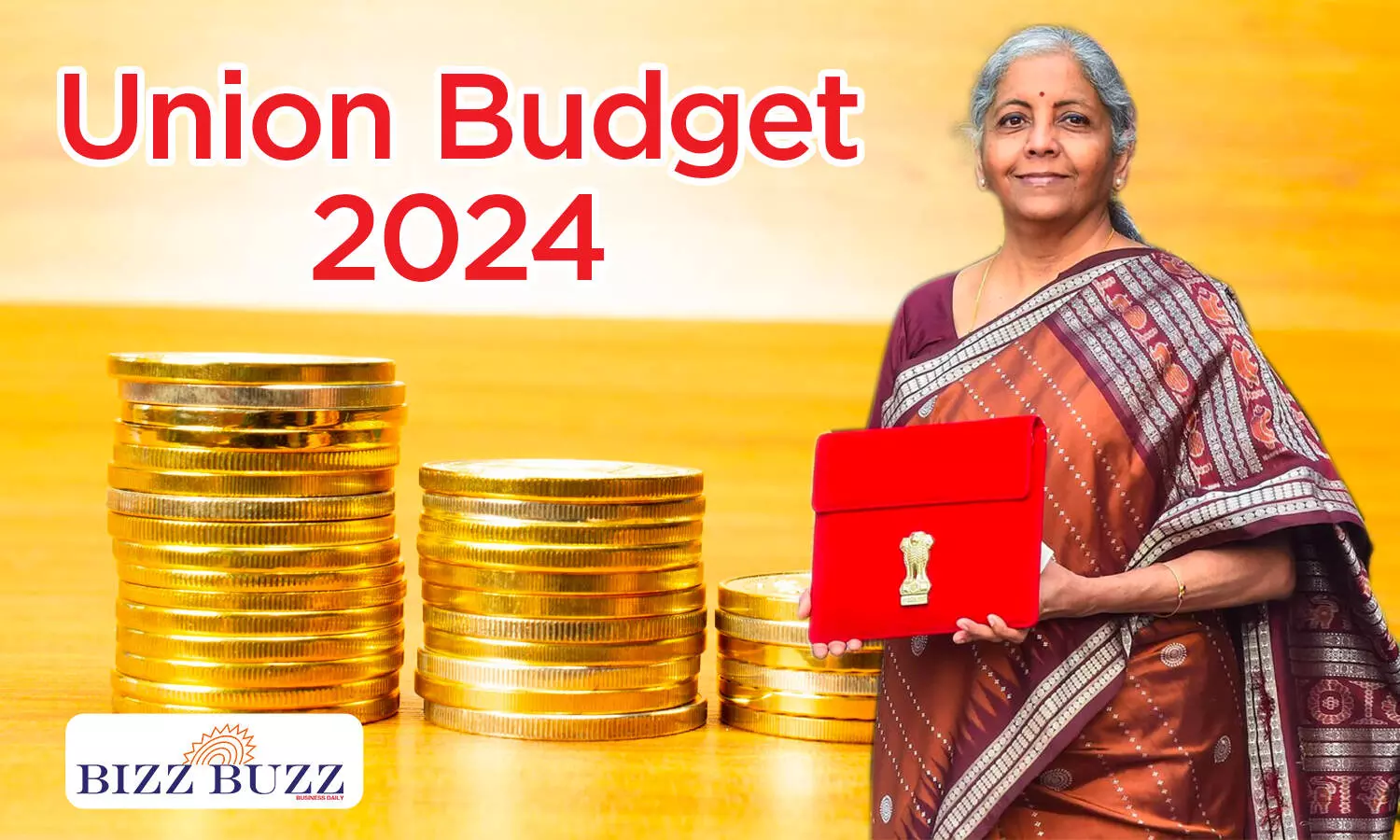A sneak-peak on Key Budget Terminology
As India gears for the budget release of 2024, there is a set of key terminology that we must be aware of. So, let's delve deeper!
image for illustrative purpose

A middle-class employee is concerned about the price fluctuations.
An industrialist is worried about the changes in the tax slab structures.
A contractor is on his toes to know the allocation of funds to the projects.
Whoever it may be, everyone in the country has something to do with the budget announcement. As time commences for the announcement of the financial budget 2024, let us brush up on some budget explanation items as understanding complex concepts starts from mere basics, doesn't it? Understanding Union Budget basics paves the way to understanding the final report with ease.
Essential budget terms we need to be aware of prior to the budget release-2024:
The first of the budget jargon starts with the core definition. The definition of the Union Budget according to Article 112 of the Indian Constitution:
The Union Budget is the statement of estimated receipts and expenditures of the government called the Annual Financial Statement for a specific year.
Finance Bill
Under Article 117 of the Constitution of India provision, the finance bill is prepared, and once it is approved and passed, it becomes the finance act. Presented for a period of one year, it contains government revenue, expenditure, allocations, details of new tax structures, and alterations, if any.
a. Tax Regime
The tax slabs and rates are defined in the income tax regime. There are two types of regimes- direct and indirect. Incomes of companies and individuals attract direct taxes. When consumers procure goods and services, indirect taxes are levied. Customs and excise duties, GST, VAT, service tax, etc., are included in the overall tax regime.
b. Fiscal Deficit
It is a situation wherein the expenditure of the government exceeds the revenue it earned, excluding the borrowings. It is calculated as a percentage of GDP. Basically, it is the gap between the government's spending and earnings.
c. Gross Domestic Product (GDP)
It is a standard to measure the economic conditions of a country. GDP, one of the key financial terms in the Union Budget, is defined as the total market value of all the finished goods and services produced in a specific period in a country. Different areas of India's economy, trade, and investment scenarios are depicted by the expenditure model.
d. Capital Expenditure
The capital expenditure includes all the funds the central government allocates for economic development. Acquisitions and mergers, projects that involve large-scale machinery and workforce, ensure employment and generation of revenue.
e. Budget estimate
Explaining budget terms in Union Budget, budget estimates are the approximate funds allocated to the various departments, schemes, ministries, and sectors pertaining to the central government; in simple, the calculation of when and where the money will be used judiciously.
f. Economic Survey
A day before the union budget, the finance minister presents the economic survey. An idea of the economic performance of the country, along with key micro and macroeconomic indicators, can be obtained by this survey.
g. Inflation
According to the basic economics definition of budget explanation terms, inflation is the decline in the purchasing power of a currency over time. The consistent increase in the general price level leads to the deterioration of the purchasing power of the public.
We hope we've explained a few of the key financial terms in Union Budget, and if you need more budget fundamentals from us, leave a comment!

